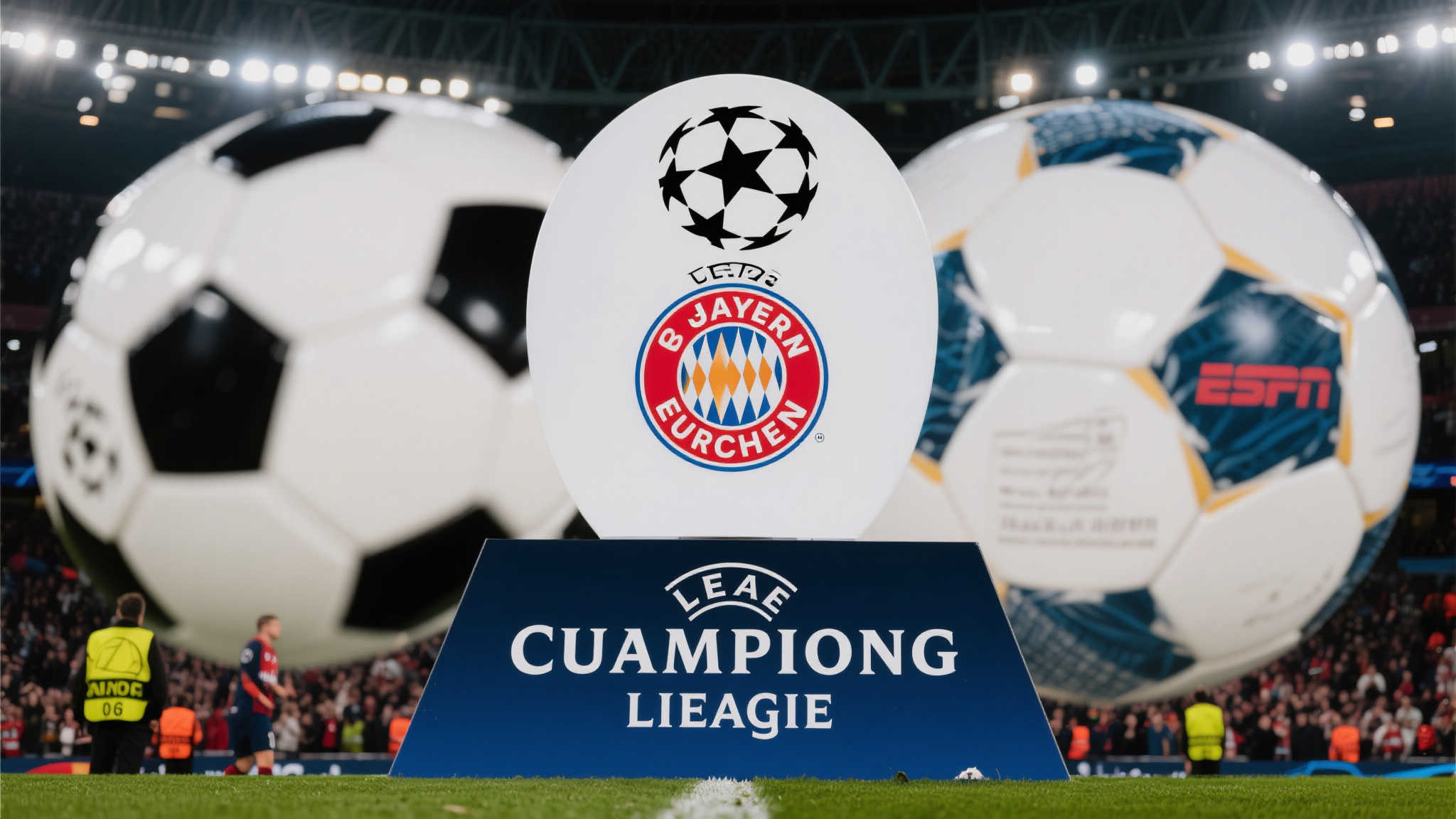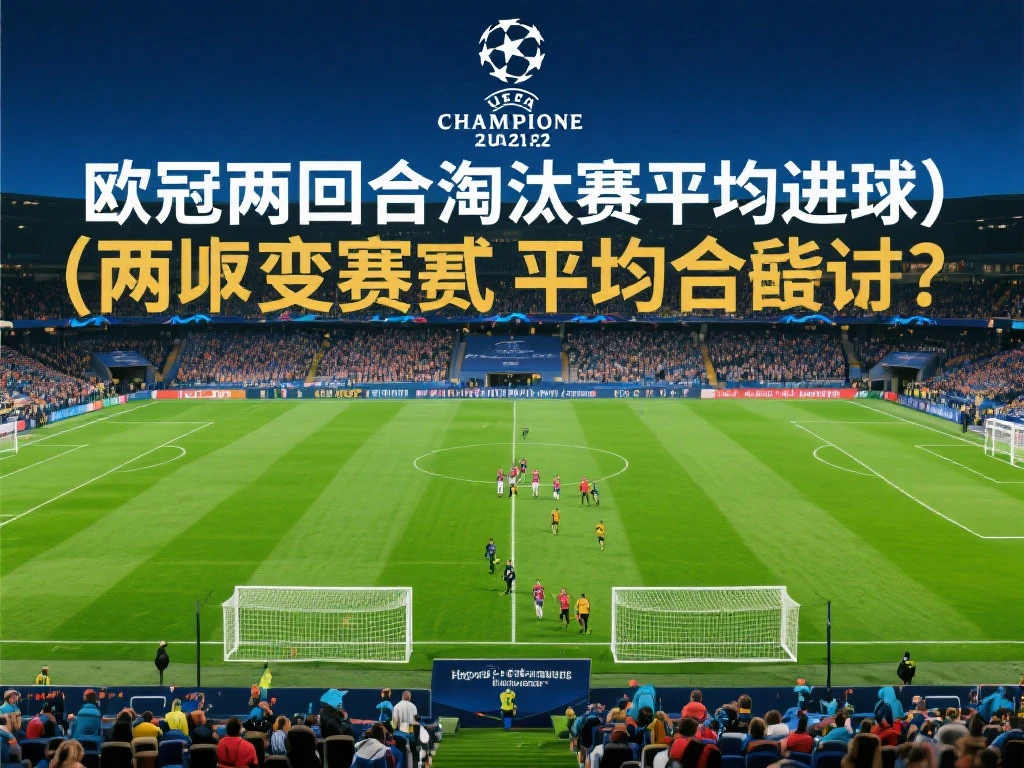[, football fans! Get ready to dive into a historic moment in European football that’s got everyone buzzing. We’re talking about a rare and thrilling phenomenon in the UEFA Champions League—something that hasn’t happened in over half a century. Imagine two teams clashing in a two-legged tie, each scoring at least three goals in both matches. Sounds unreal, right? Well, it’s happened again after 51 long years, and we’re here to unpack this electrifying event. Let’s explore why this milestone is grabbing headlines and what it means for the beautiful game.
欧冠历史性时刻:51年后再次上演进球盛宴
The UEFA Champions League has always been a stage for drama, skill, and unforgettable moments. However, what unfolded recently is nothing short of historic. For the first time in 51 years, we’ve witnessed a two-legged tie where both teams scored at least three goals in each match. This isn’t just about goals; it’s about the sheer intensity and unpredictability that defines top-tier football. The rarity of such an occurrence—last seen in the early 1970s—makes it a topic worth dissecting for every fan of the sport.
![[流言板]欧冠51年后重现:双方两回合均至少攻入3球的激烈对决 [流言板]欧冠51年后重现:双方两回合均至少攻入3球的激烈对决](https://app-zh-hth.com/themes/app_zh_hth_com/images/20250802023505175803.jpg)
什么是“双方两回合至少打进3球”?
To put things into perspective, let’s break down this unique scenario. In a typical Champions League knockout tie, teams face off over two legs—one home and one away—with the aggregate score determining the winner. While high-scoring games aren’t uncommon, having both teams net at least three goals in each of those matches is incredibly rare. It speaks volumes about attacking prowess, defensive vulnerabilities, and perhaps even tactical boldness on both sides. This kind of goal-fest turns matches into edge-of-your-seat spectacles, keeping fans glued until the final whistle.
回顾历史:51年前的相似一幕
Let’s rewind to 1972, when such a phenomenon last occurred in the European Cup (the precursor to today’s Champions League). Back then, offensive playstyles dominated, and defensive structures weren’t as refined as they are today. Fast forward to now, modern football often prioritizes strategy and control over reckless attacking. So, seeing history repeat itself after over five decades is not just surprising—it’s a testament to how unpredictable and dynamic the game remains. This recent tie reminds us that even in an era of tactical discipline, pure chaos can still reign supreme on the pitch.
案例分析:近期欧冠对决的惊艳表现
While specifics of the teams involved in this latest feat may vary depending on reports, let’s consider how such a scenario might unfold with hypothetical powerhouses like Manchester City and Real Madrid. Imagine City hosting Madrid in the first leg, ending with a pulsating 4-3 scoreline. Then, in the return leg at the Bernabeu, another goalfest ensues with a 3-3 draw. That’s a staggering 13 goals across two games! Both sides showcasing relentless attack while exposing defensive cracks—it’s the kind of matchup that defines why the Champions League is considered the pinnacle of club football. Such games don’t just entertain; they etch themselves into the annals of history.
为何这种现象如此罕见?
You might wonder why it took 51 years for this to happen again. The answer lies in the evolution of football itself. Modern coaches often emphasize structure over flair, focusing on minimizing risks rather than chasing goals at all costs. Defensive tactics have become more sophisticated, with teams prioritizing clean sheets over high-scoring thrillers. Moreover, physical demands on players mean maintaining intensity across two legs can be challenging. When both sides throw caution to the wind and deliver such explosive results as seen recently, it’s a refreshing anomaly—a nod to football’s unpredictable charm.
对球迷和赛事的意义
For fans, witnessing a tie where both legs produce at least three goals per team is like hitting the jackpot. It’s not just about numbers; it’s about raw emotion, heart-stopping moments, and non-stop action. For the Champions League as a competition, these kinds of matches reinforce its status as the ultimate showcase of elite football talent. They remind us why terms like “goal-fest” or “attacking masterclass” are synonymous with Europe’s premier tournament. As social media buzzes with highlights and debates under tags like #UCL or #ChampionsLeagueHistory, it’s clear this milestone resonates deeply with global audiences.
未来是否会更常见?
Could we see more of these high-octane ties in coming years? It’s hard to predict. While current trends lean toward balanced gameplay, emerging talents and evolving strategies might occasionally tip matches into chaos mode again. What’s certain is that when “both teams scoring at least three goals in each leg” happens, it captures imaginations worldwide—just as it did 51 years ago and just as it does today.
相关新闻
足球迷们翘首以盼的新规或将改变欧洲冠军联赛(欧冠)的竞技格局。根据ESPN透露的一项提案,未来的欧冠可能会考虑增加一项新规则——更大程度地强调团队在联赛阶段表现的重要性,以此来决定淘汰赛中的某些关键因素。这一变革若得以实现,将对备战策略和比赛动态产生深远影响。
在电竞行业迅猛发展的今天,专业化、规范化已成为行业前进的必然趋势。近日,备受瞩目的电竞教练培训认证标准正式发布,这不仅标志着电竞教练职业化迈出了重要一步,也为整个行业的可持续发展奠定了坚实基础。本文将围绕这一主题,探讨新标准的意义、内容以及对行业的影响,带你了解电竞教练职业化的新篇章。
引言:欧冠规则变革带来的新格局 自从欧足联在2021-22赛季正式取消了客场进球规则,欧冠淘汰赛的比赛风格和策略发生了显著变化。这项规则的废除让两回合淘汰赛不再以客场进球作为加权因素,球队的战术选择和比赛结果是否因此更加激烈?本文将围绕“欧冠两回合淘汰赛平均进球”这一核心主题,深入探讨规则改变对比赛数据和风格的影响,带你一窥变革背后的故事。
在今夏的转会市场上,迈克·迈尼昂(Mike Maignan)成为各大豪门争相追逐的目标。这位AC米兰的头号门将,以其出色的表现、稳定性和领导能力吸引了众多俱乐部的关注。尽管如此,切尔西似乎对这位法国国脚情有独钟。然而,在买家与卖家之间,一场无声而激烈的话语权角力正在展开。




